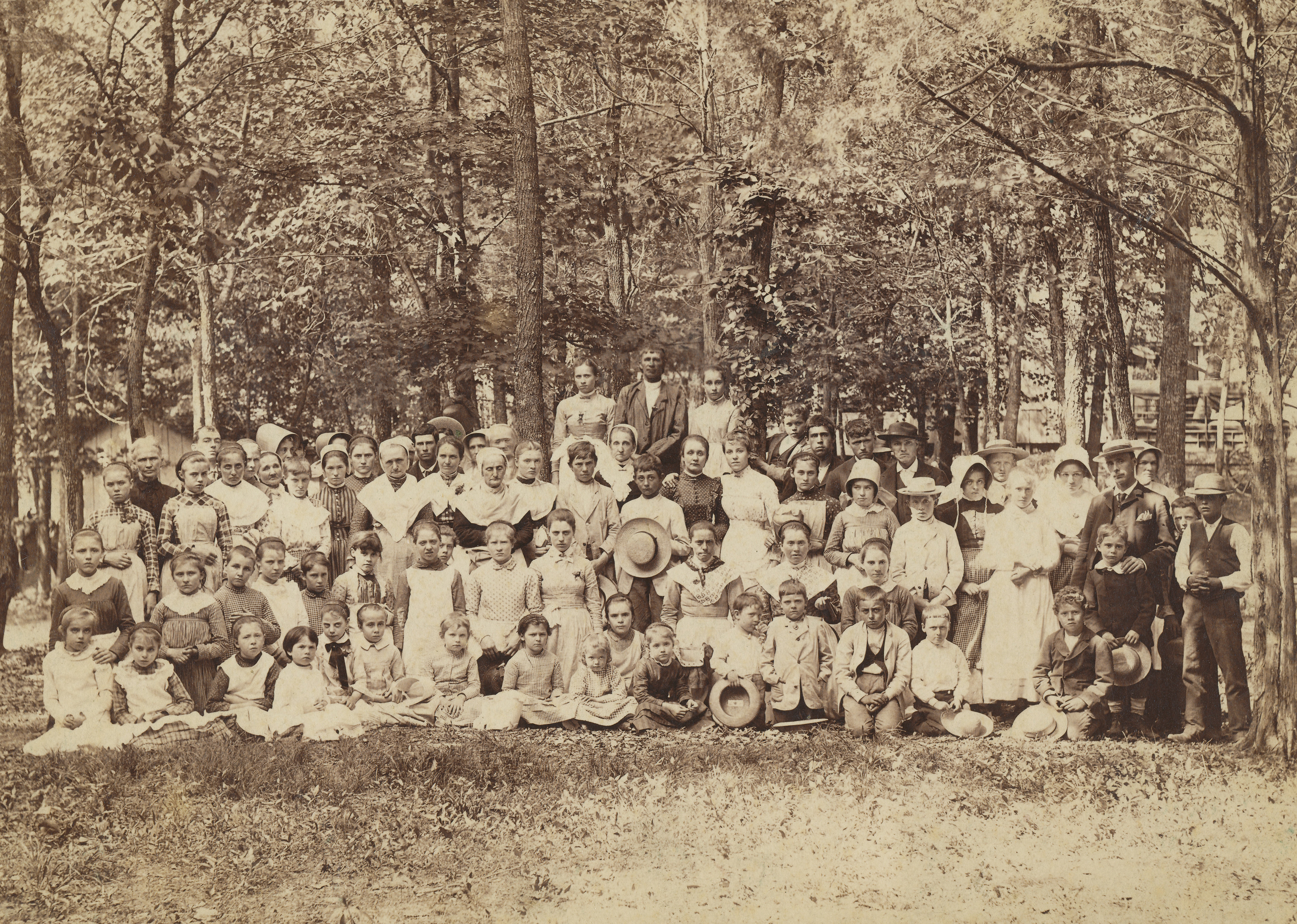If you’ve been down to the Shaker Modern exhibit in the East Family buildings, you’ve seen a bunch of old shoes. Pleasant Hill was a home, both temporary and permanent, for more than 2,400 Shakers throughout the community’s history. Many traveled very long distances before, during and after their time here. These shoes have been found on the property over the years, and though we know little about them, they were most likely worn by the members here. Whose feet did they cover? What kind of traveling stories could they tell?
Really, those just scratch the surface of all the old shoes we have in the collection, and they are fairly generic. However, this shoe is in better condition and a lot more unique than those on display. It is made of black cloth on the outside, while the inside is a striped denim-type material. And, if you look really closely, you can see writing on the inside of the shoe: “Peggy Voris 1854.”

(Sidenote: One of the things we focus on in the Shaker Modern exhibit is comparing styles and pieces from our Shaker collection to what is popular now. Have you seen shoes like this out and about lately? Kinda cool, huh?)
I don’t know anything about how her name was written in the shoe, and it leaves me with a lot of questions—Did Peggy do this herself? Did someone else? Where’s the other shoe? What was so special about Peggy Voris in 1854 that it had to be commemorated in a shoe?

We don’t know much about Peggy Voris. She was born on February 14, 1801, in Shelby County, Ky., and in 1810, she came with her family to Pleasant Hill. However, she rarely shows up in the records. The most notable event revealed about her is when she dies in 1882—but even this has a way of leaving us with more questions than answers about her:
- Disaster Peggy Voris fell on the Sleety walk on Wednesday 4th inst & crippled her hip & arms So that it is probable that She will remain helpless for life. It Seems that aged folks will not heed nor care (FHS 17, Ministerial Journal, January 7, 1882)
- Demise Peggy Voris at the West Family in the 81st year of her age which would have been Completed the 14th Proximo Although in feeble health for Some Years past yet the injury She Sustained by that fall 7th inst. – which See – was the immediate Cause of her death at this time. She is the last Survivor of a large & wealthy family that entered this Community in its infancy & has Stood through all the trials & conflicts of life to the day of her decease & is therefore worthy of much honor & credit by all who knew her & is entitled to a rich reward in heaven. P.S. Strange to tell the above is a false report & She Still lives. She died on the 11th inst which See. (FHS 17, Ministerial Journal, January 9, 1882)
- Demise Peggy Voris deceased this evening at 9:25 See 9th inst (FHS 17, Ministerial Journal, January 11, 1882)
I hope that we learn more about this one day because it strikes me as a very strange event. And, it seems like it was equally perplexing to the Shakers as it was happening.
I’ll let Henry Daily have the last word on this because, as usual, he has a special way of communicating the things that happened at Pleasant Hill:
E.S. & H. D. left the Tanyard this morning and started for home. Came to the toll gate this side of Perryville where John Haggin keeps. He has been there 24 years past, we fed our horses there & had a fine dinner all for nothing. He would have nothing. Rained steady all day. H.D. & E. S. arrived home about 5 P.M. from Lebanon and the Tanyard. Note Peggy Voris departed this life at the West Family last night about 9 o’clock & was buried today. We know she is dead now.
So, here we are left with one shoe and very little information about Peggy. We’ll keep digging around for more of her story. Meanwhile, maybe you can imagine a pleasant life for her here at Pleasant Hill.
During your Shaker Village adventures, take a guided tour of our newest exhibit—Shaker Modern—as we explore the enduring appeal of Shaker lessons and legacies. Examine Shaker spirituality, community and ingenuity through the artifacts and documents that they left behind, and uncover their influences on today’s communities, lifestyles and design. Check the TODAY schedule once you arrive for times and locations.
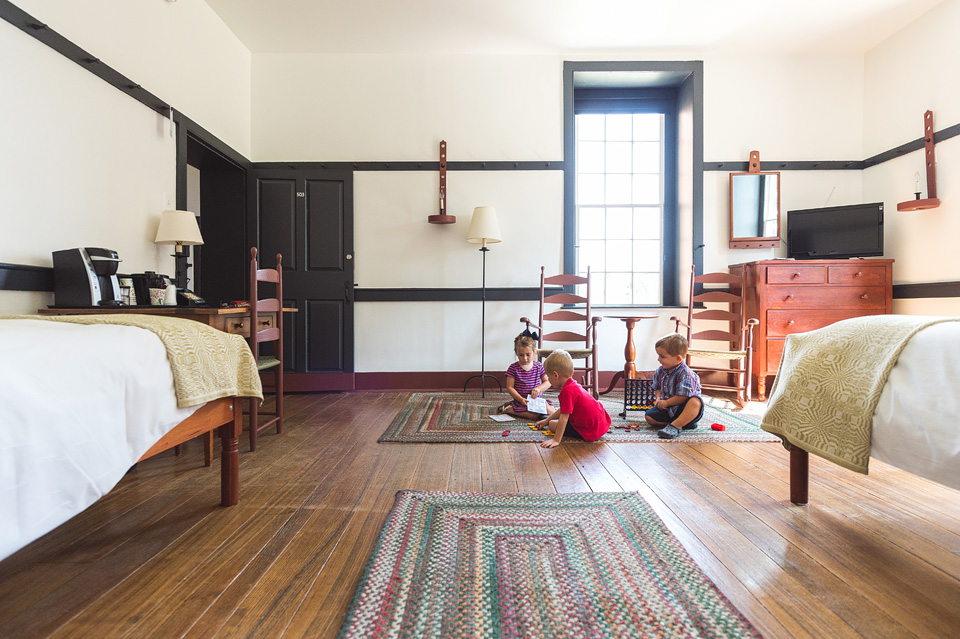
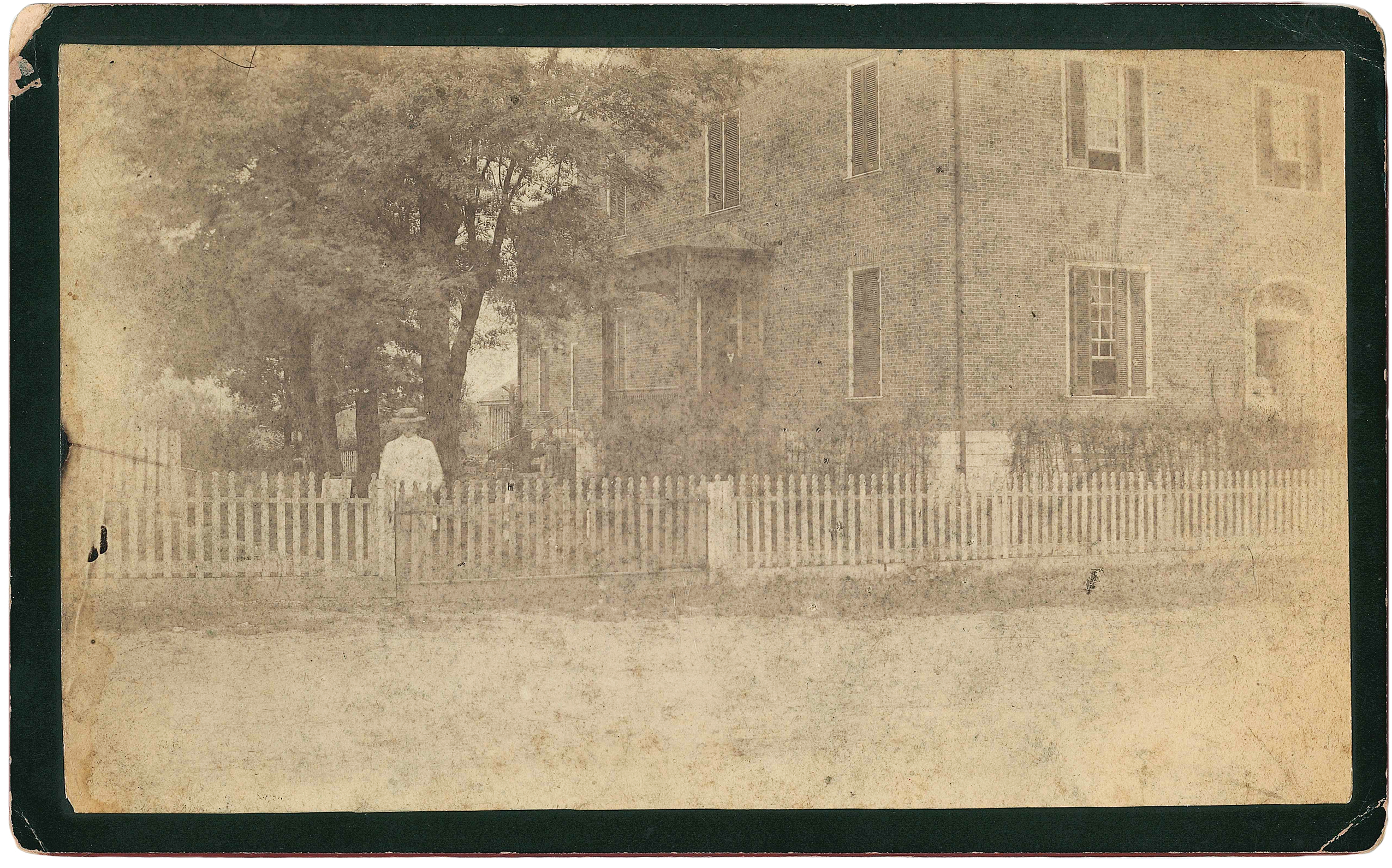
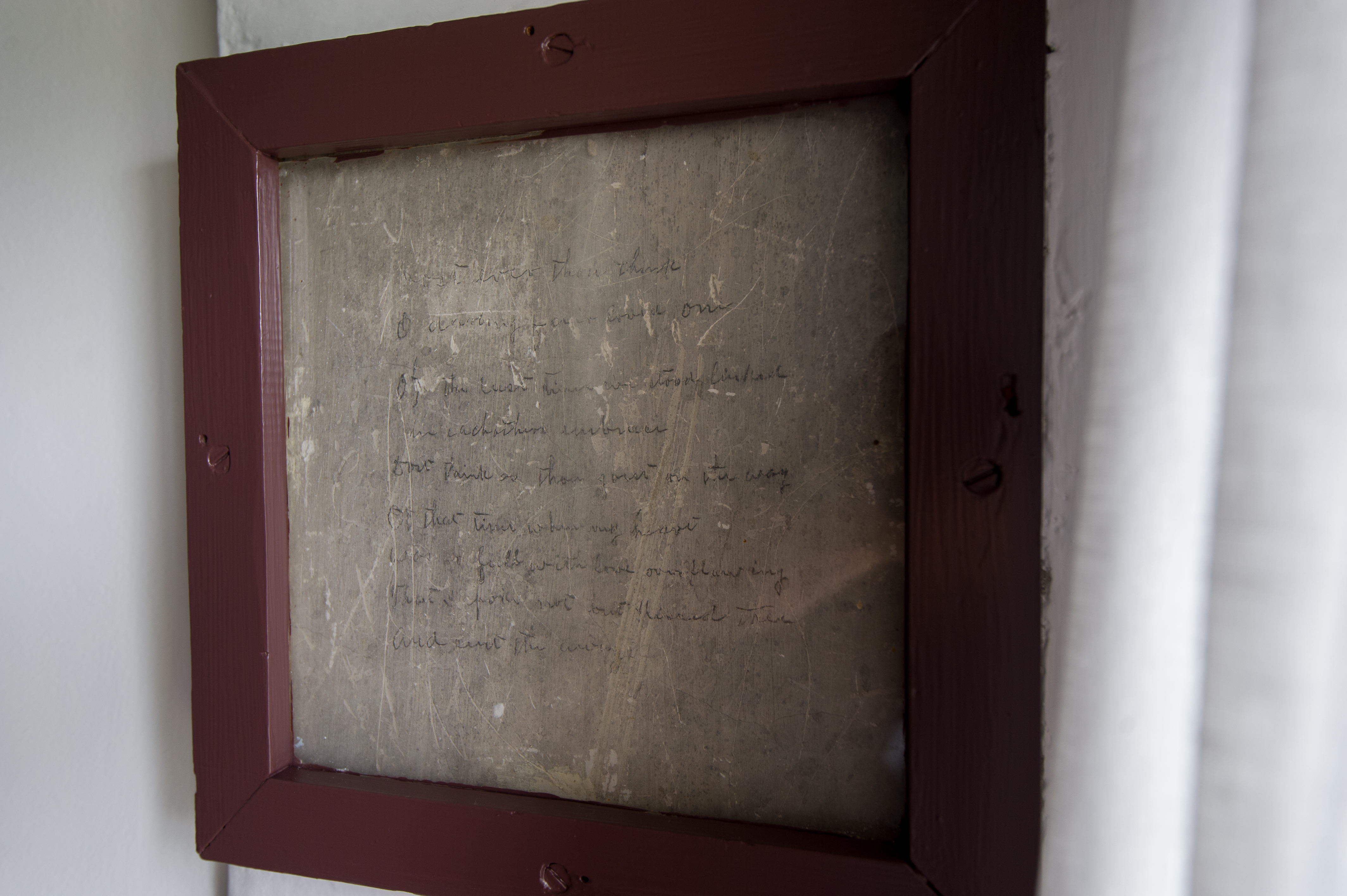


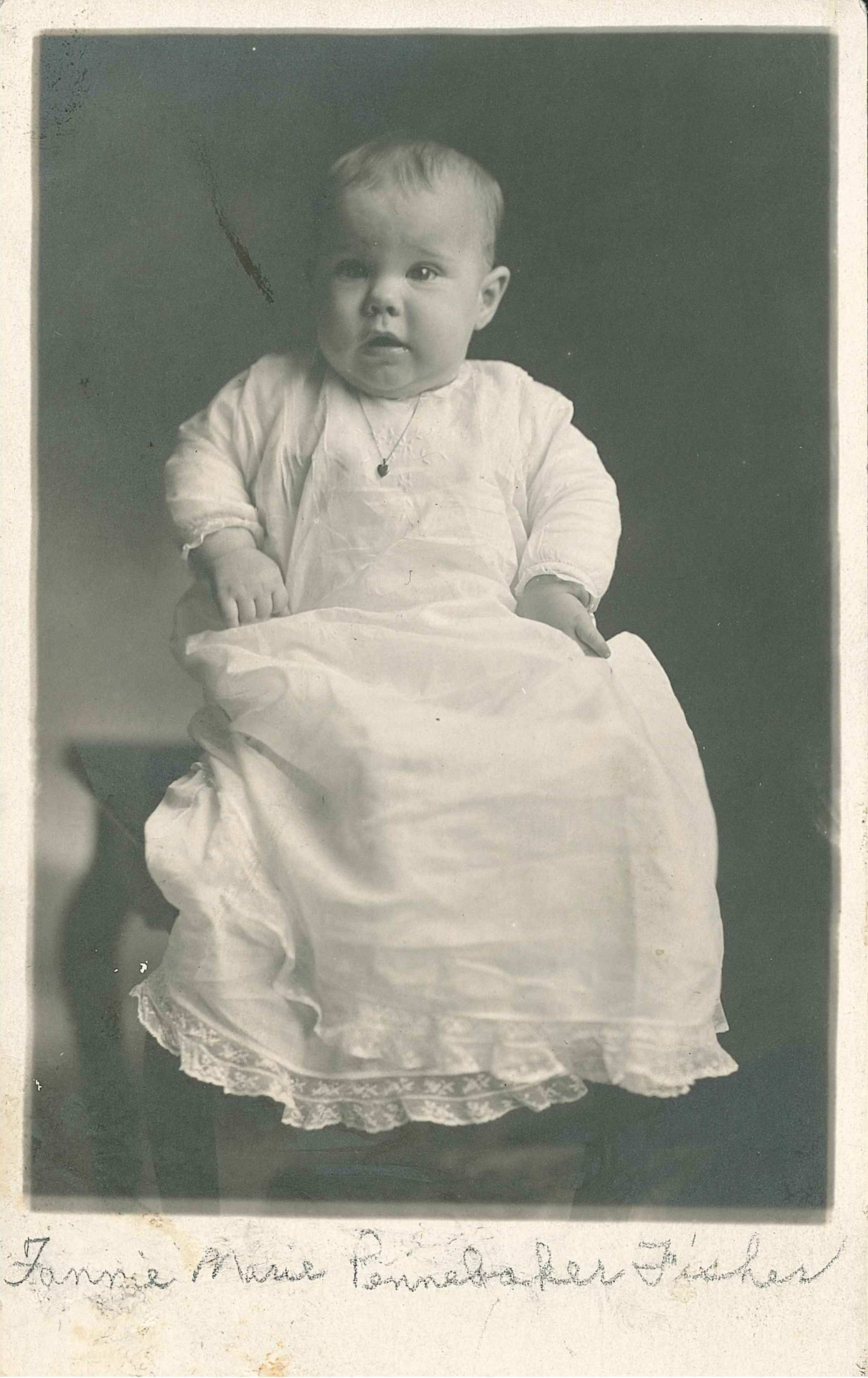

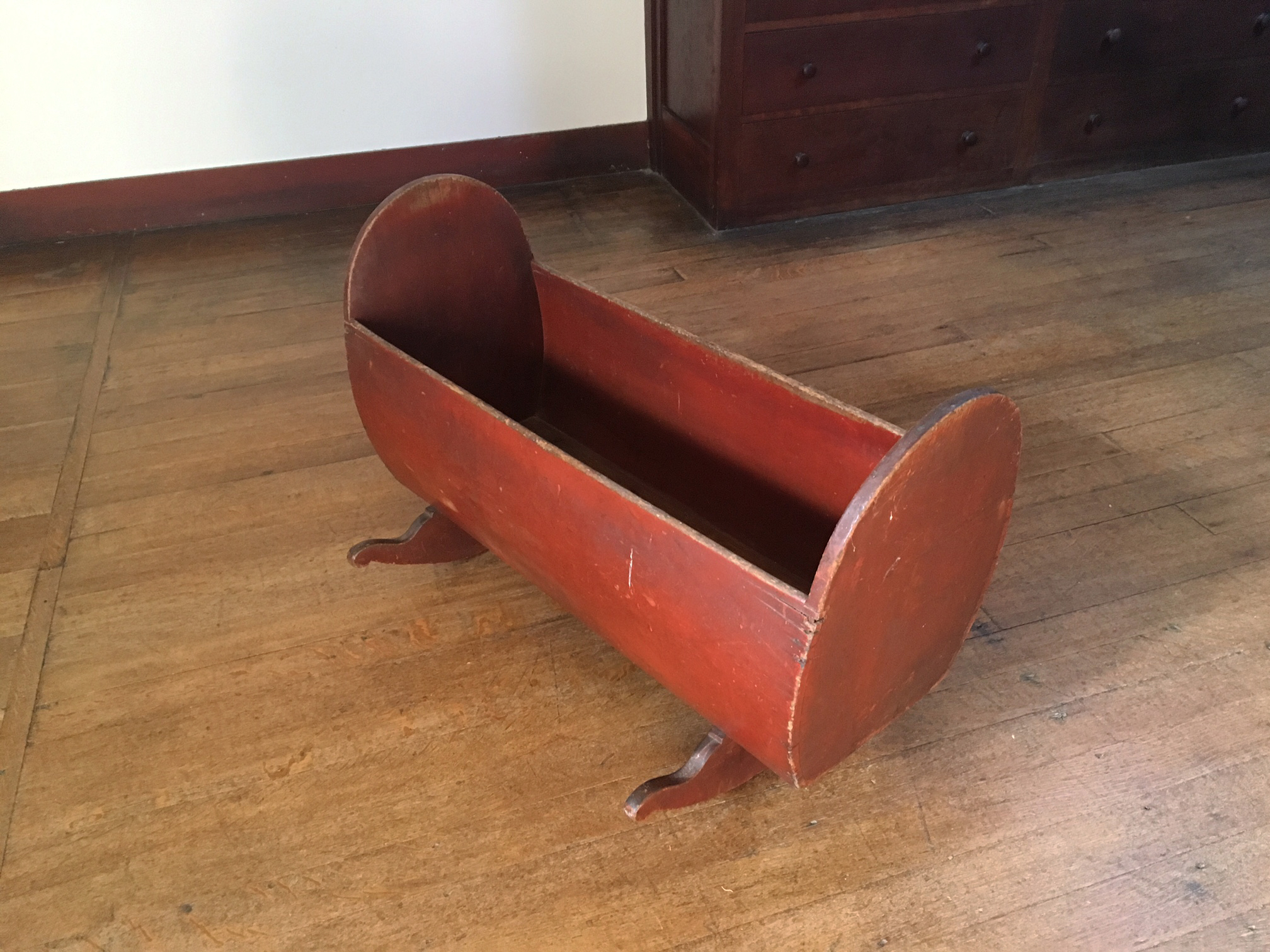

 Stories like this are being discovered here every day.
Stories like this are being discovered here every day.
